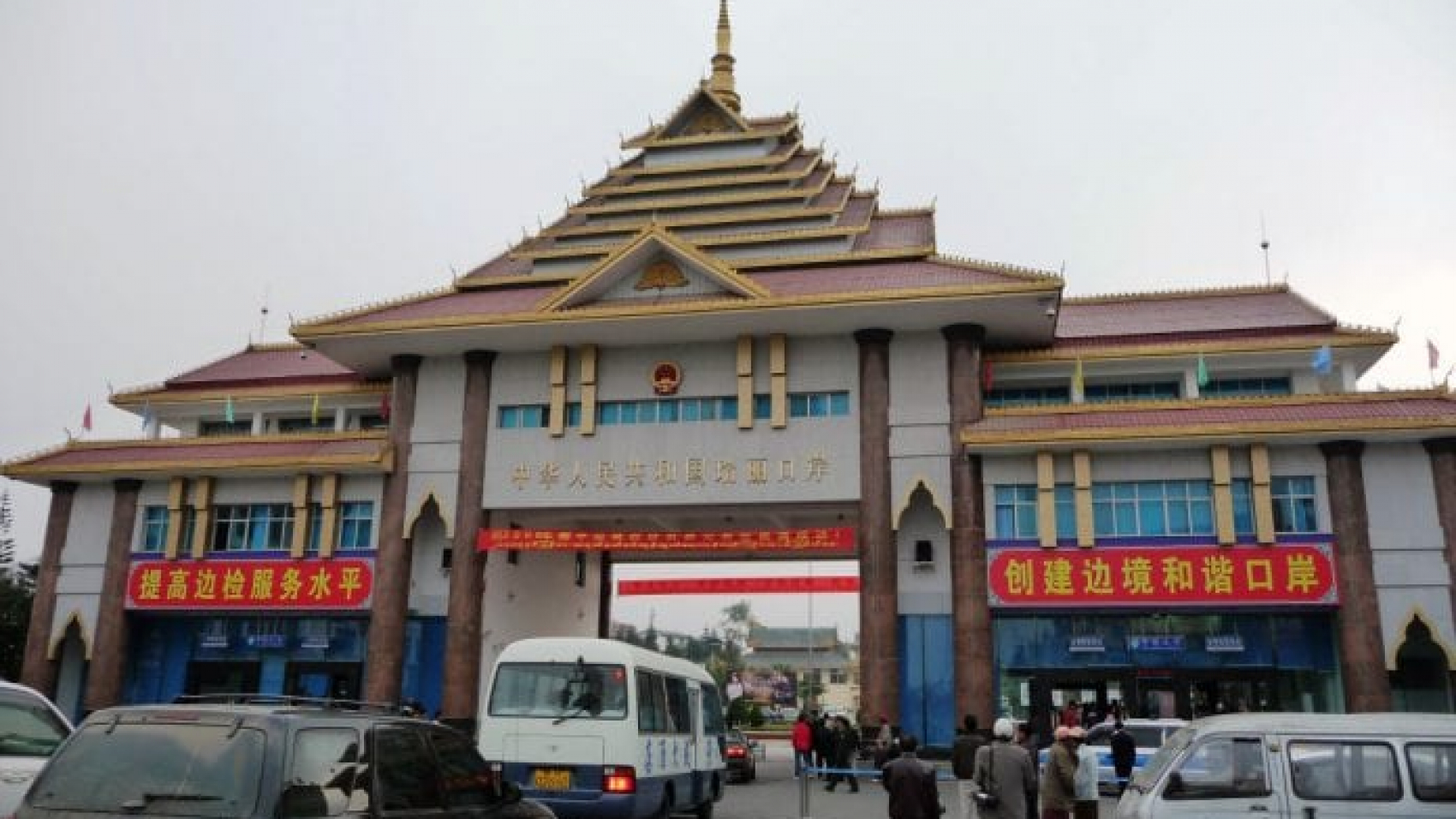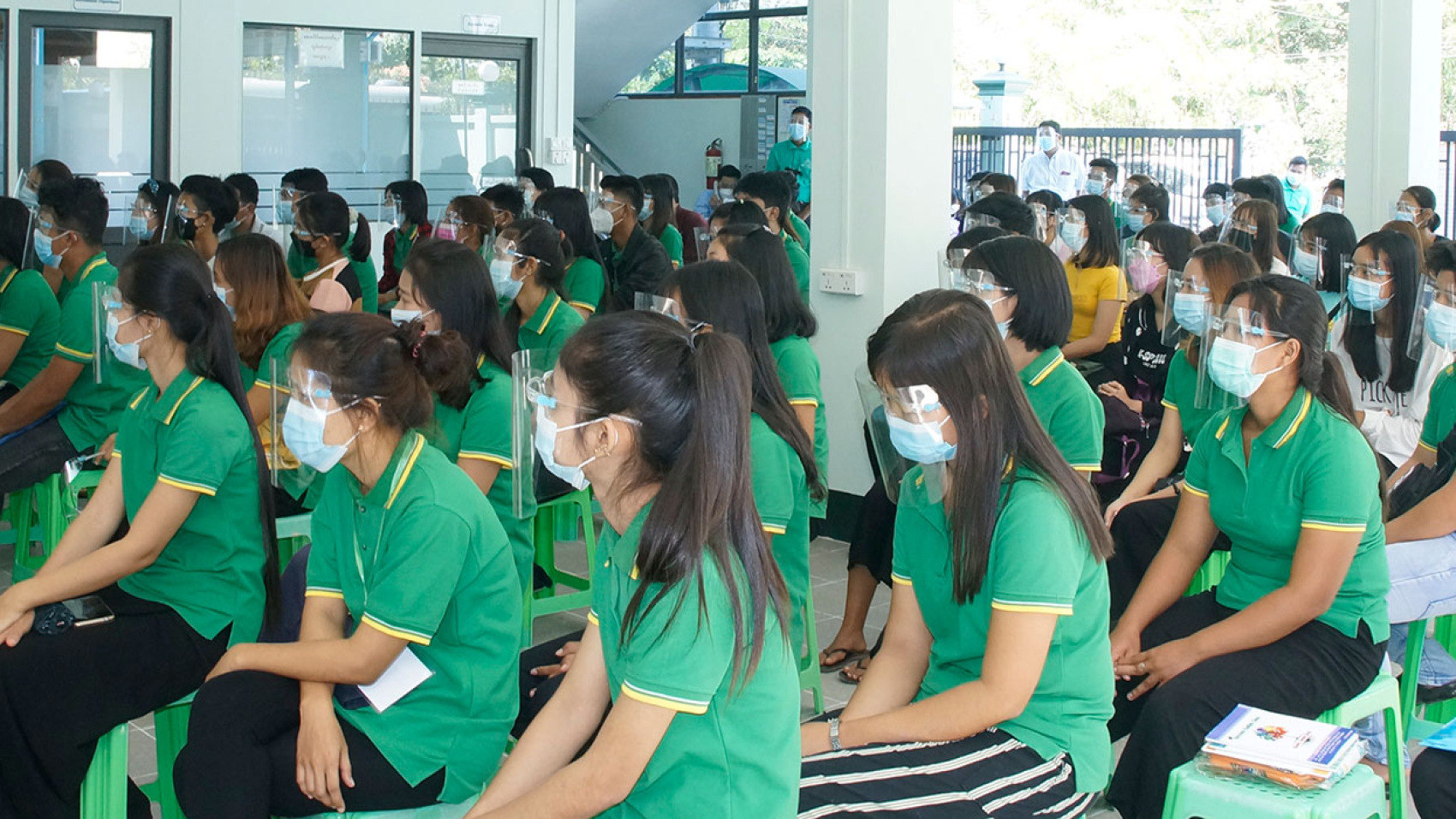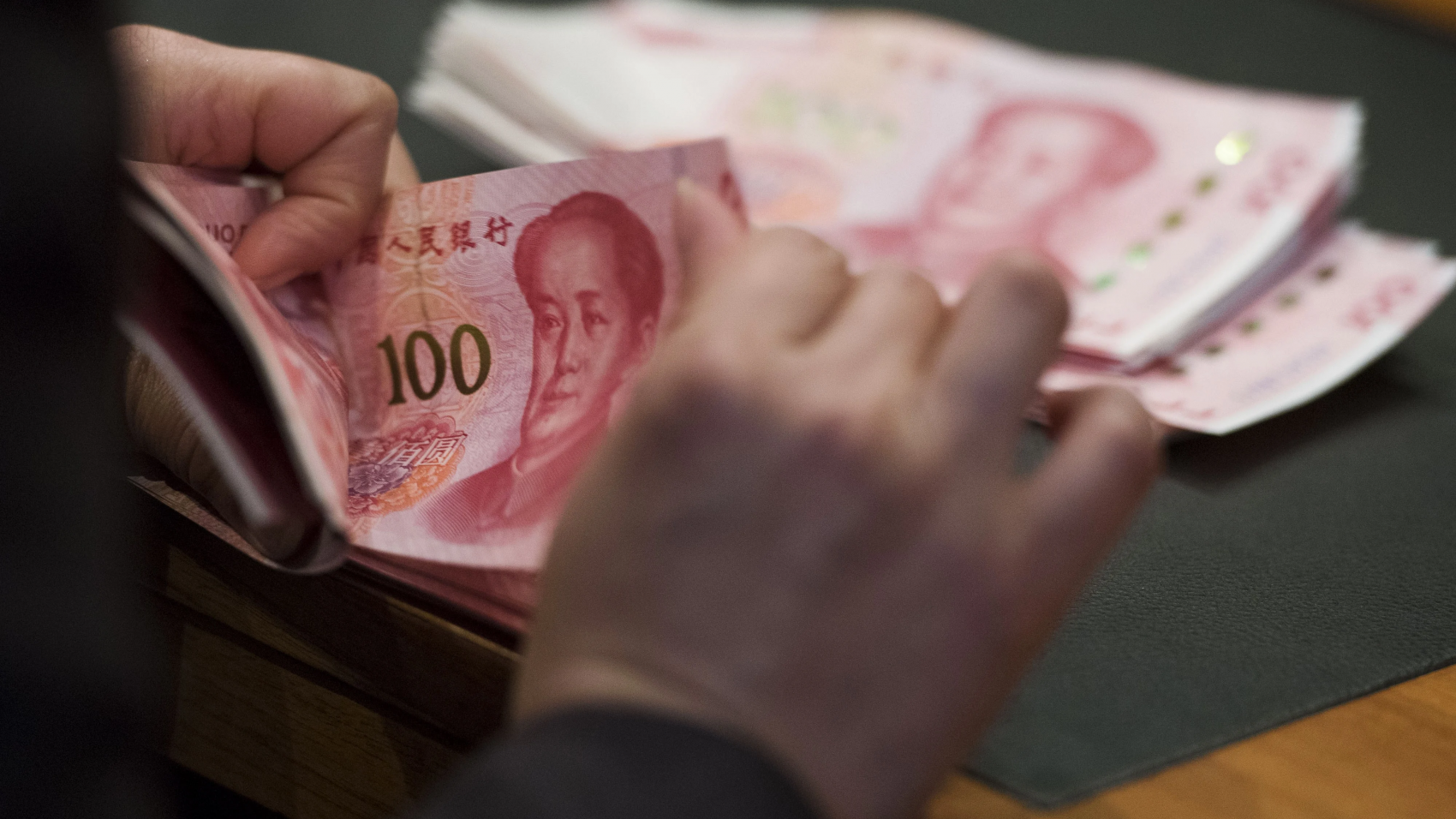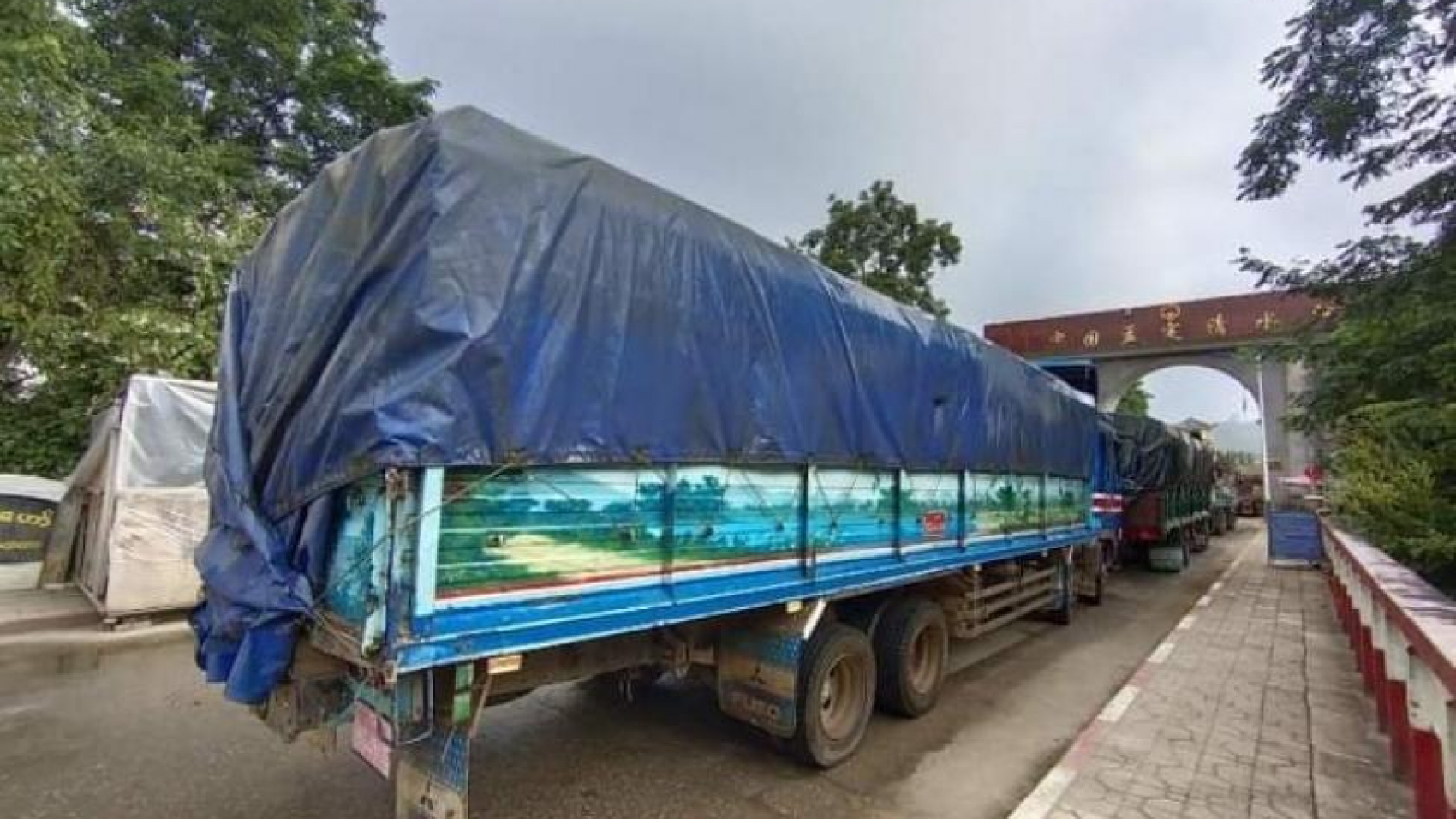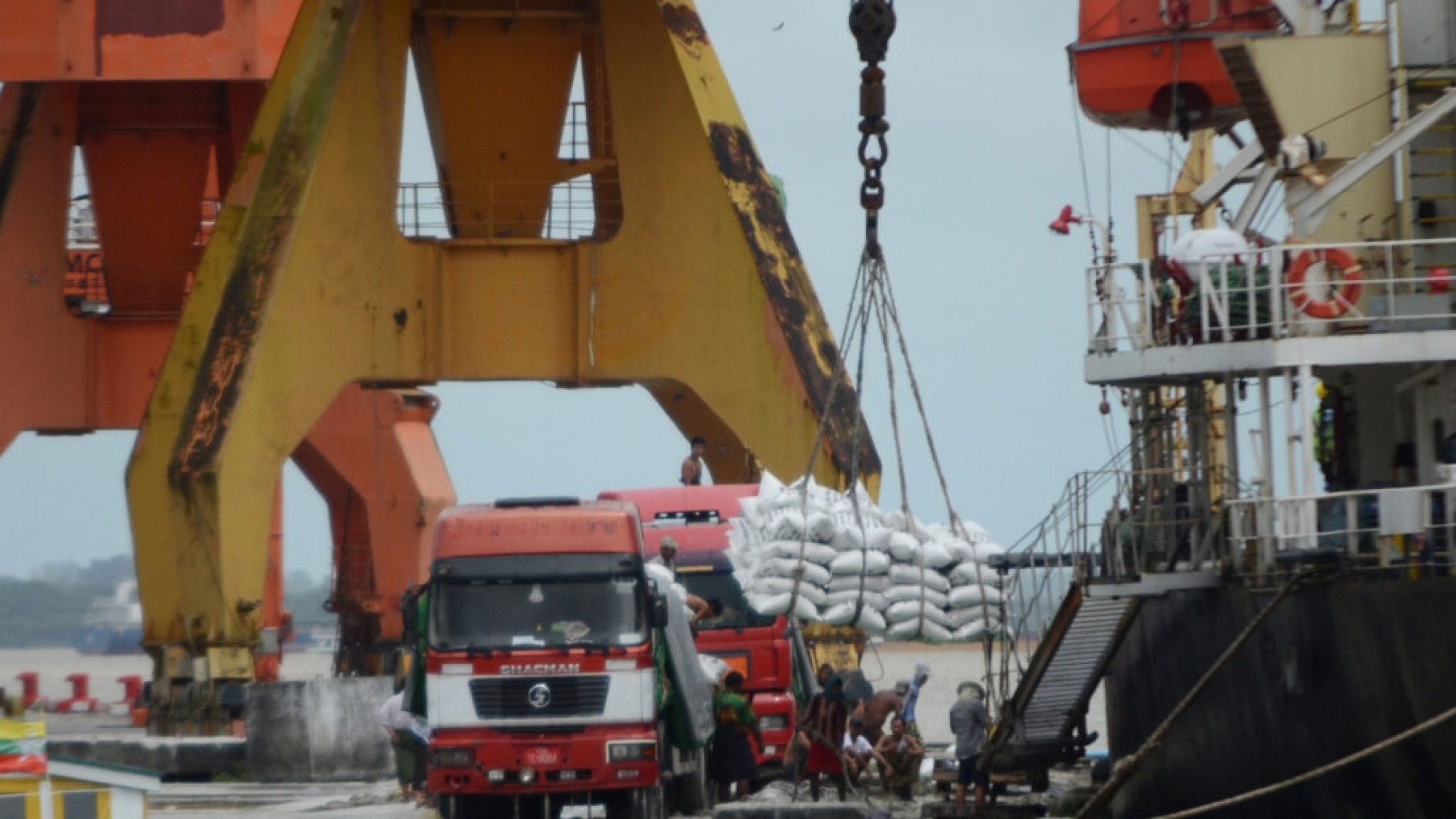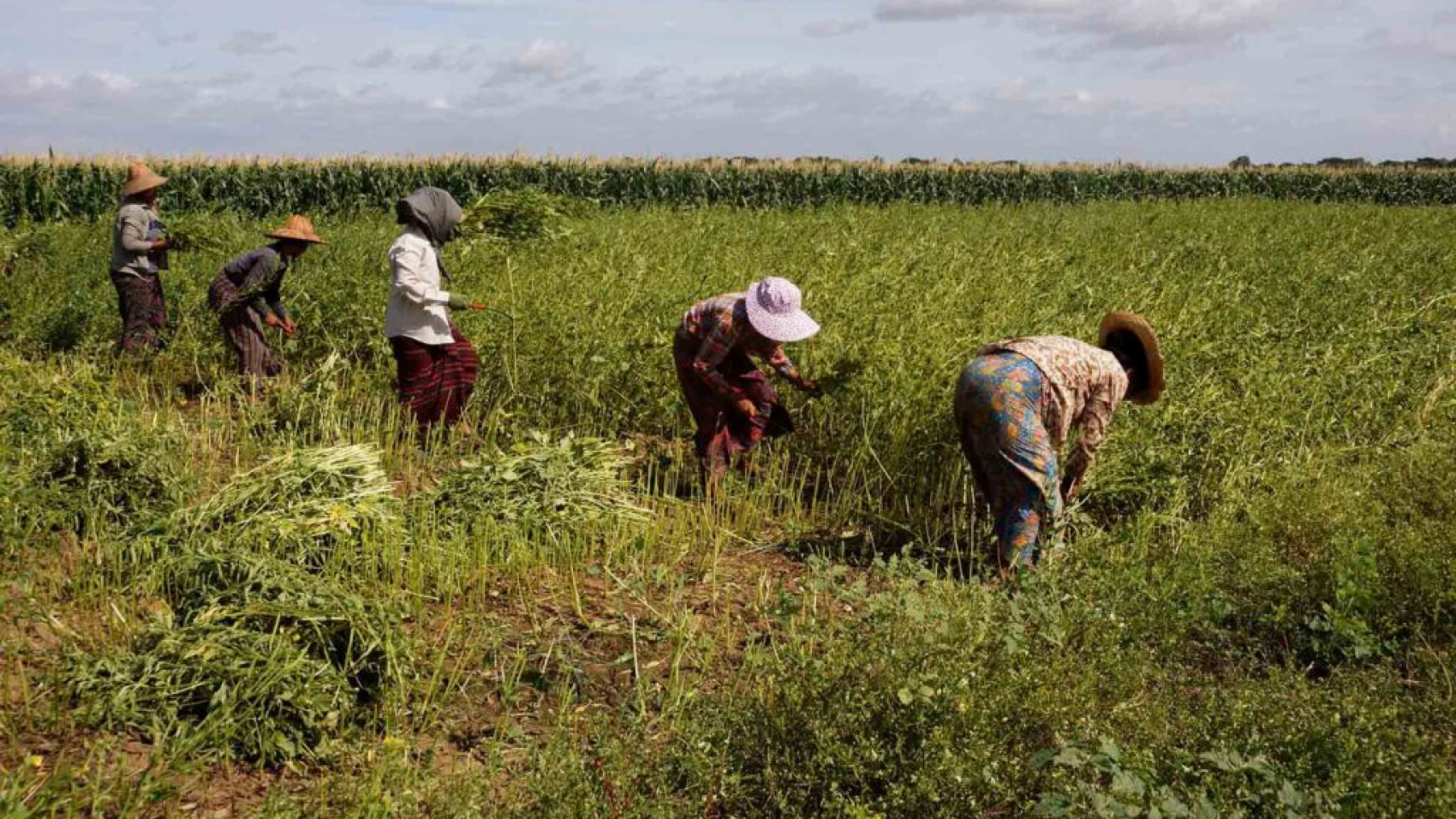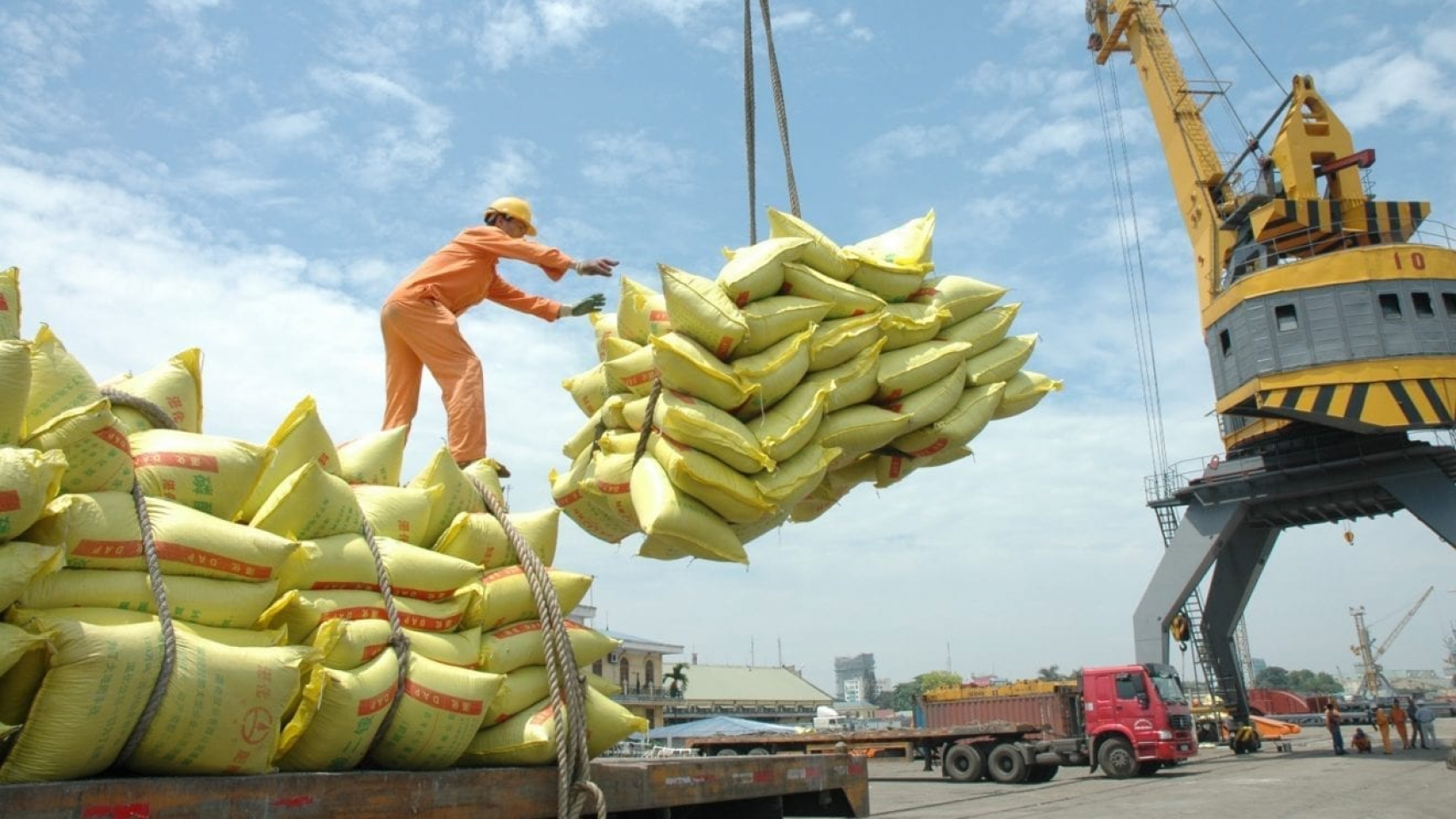Kyalgaung border post, which performed the majority of trade between Myanmar and China, has not resumed even after one and a half years, said U Min Thein, vice chair of Muse Rice Wholesale Centre.
China has restricted border access through the Muse-Kyalgaung (Mang Wein) border post between Myanmar and China amid the COVID-19 cases, since 30 March 2021. On 18 October, Myanmar’s officials and counterparts from Dehong, Yunnan Province negotiated the promotion of bilateral cross-border trade through a video conferencing.
“The Kyalgaung border crossing is yet to resume. We are ready for trade resumption,” said U Min Thein. Prior to the pandemic, Kyalgaung was the busiest and biggest trade post and it performed the highest trade in the China-Myanmar border. Those traders involved in Muse trade zone are relying on the Ruili city. There is a direct trade channel to Ruili through Kyalgaung point so the traders have a smooth transport. This route brings easier and better access to Ruili from Muse border post. Only when the Kyalgaung border post is reopened can the trade boost, traders elaborated.
China shut down all the checkpoints linking to Muse border amidst the COVID-19 pandemic. Of the checkpoints, Kyinsankyawt has resumed trading activity from 26 November 2021. Myanmar daily delivers rice, broken rice, rubber, fishery products, chilli pepper and other food commodities to China through Kyinsankyawt with the use of about 70 trucks and building materials, electrical appliances, pharmaceuticals, fertilizers, household goods and industrial raw materials are imported into the country with the use of 30 trucks. Myanmar has opened five border trade zones with China; Muse, Lweje, Kanpaiti, Chinshwehaw and Kengtung. The majority of the trade is carried out through Muse land border, Ministry of Commerce’s data indicated.
Source: The Global New Light of Myanmar

